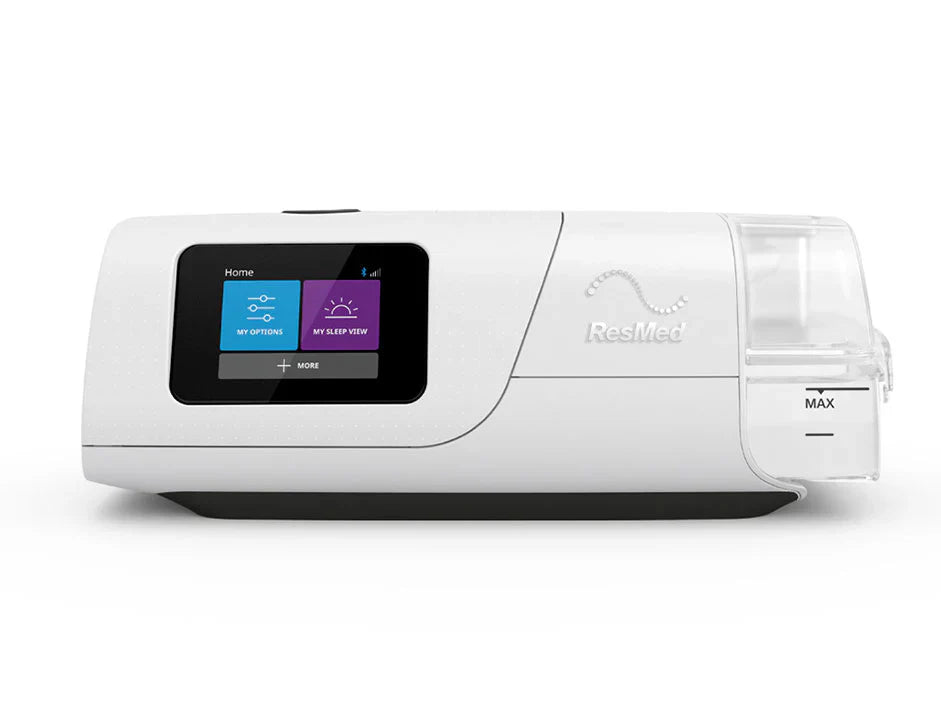One day, you might feel like you are in a constant challenge of living with the condition of sleep apnea or other breathing problems as you sleep. Sleeping is normally disturbed and when one wakes, it will be with great feeling of tiredness and even the whole day may be like being in an exhaust. Regular methods of CPAP treatment are effective in many individuals, but in some people it may be uncomfortable or not that suitable. That is when bilevel machines enter the stage that are providing the alternative kind of therapy that actually gives relief to individuals who cannot afford the common type of treatment of the person being supported by a machine in breathing.
Why Bilevel Machines are Different
CPAP therapy is known to most individuals; it involves the use of a machine to push a continuous supply of air into the airway so that the airway remains open. Although this is effective in many cases, it may be too pushy and hard to breathe against sometimes. This can be something to consider in the case of patients having specific lung conditions, or even in those individuals with an extreme case of sleep apnea.
Bilevel machines allow you to have two pressures, one higher pressure on the breath-in and a lower one on the breath-out. This causes the process to feel more normal, and not like you are pushing against air pressure and more like normal breathing. On those who are less productive on regular treatment, the difference is usually life-changing.
The Relief of Easier Breathing
The main strength of bilevels is the comfort. It lessens sensation of pressure when exhalation becomes lower, and this facilitates falling asleep and, also, remaining asleep. Individuals have said that they no longer wake up coughing and feeling their air pressure. Rather, the treatment is easier to be in touch with the rhythm of their body.
This relief is transferred to a better sleep. Graceful sleep promises liveliness throughout the day and reduced early day migraines and a better concentration. It also aids in eliminating the long term health risks that are associated with untreated sleep apnea including heart disease high blood pressure and constant fatigue.
Who Benefits Most
As not all people with sleep apnea require bilevel therapy, the benefits are definite. Individuals with more serious breathing difficulties, or other conditions such as COPD on top of sleep apnea, tend to gain much. They often find CPAP machines uncomfortable or inadequate and bilevel machines strike the right compromise between helping and not being quite so painful.
In such patients who just could not manage to adhere to CPAP therapy, switching to bilevel therapy may help in having a more successful performance. It is the routine that is critically important and consistency is the key in ensuring that therapy works and therapy always has to be used every night. Bilevel therapy makes it easier to breathe, and thus individuals are more likely to adhere to their long-term treatment.
Moving from Struggle to Relief
The process of sleep apnea begins in frustration and struggle which most patients experience. Nights of tossing and turning, partners grumbling about the loud snoring and days wasted by fatigue are quite a burden. It may seem there is nothing that can be done. The entry of bilevel machines has given hope to many people.
It may be a bit longer to get used to but just like any other new treatment the benefits afterwards are undeniable. There is also a smoother breathing, sleep sets in more easily and mornings are no longer associated with a feeling of dread. It is the type of change that does not only enhance nights but enhance general quality of life.
Final Thoughts
Sleep is one of the most needed features of good health and so many people still suffer through lack of the right treatment. Bilevel machines offer an alternative to those who can not handle the standard CPAP therapy. Helping to make breathing extra easy and therapy more natural, they can turn your nights of struggle into your nights of genuine relief.
Bilevel therapy may be the solution that has eluded individuals who felt that CPAP was not sufficient to provide them with the restorative sleep they needed to feel replenished with energy. It can be in the nature of breathing, inhaling, exhaling, and in some cases doing it deeper so as to get extra mileage.

